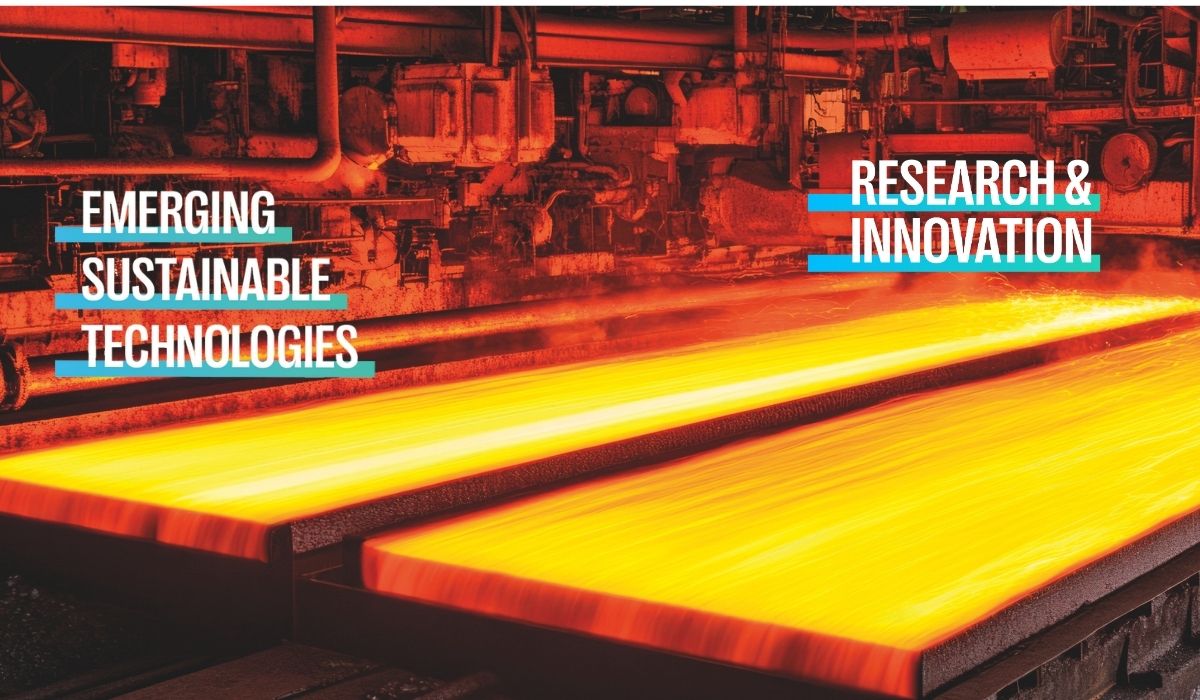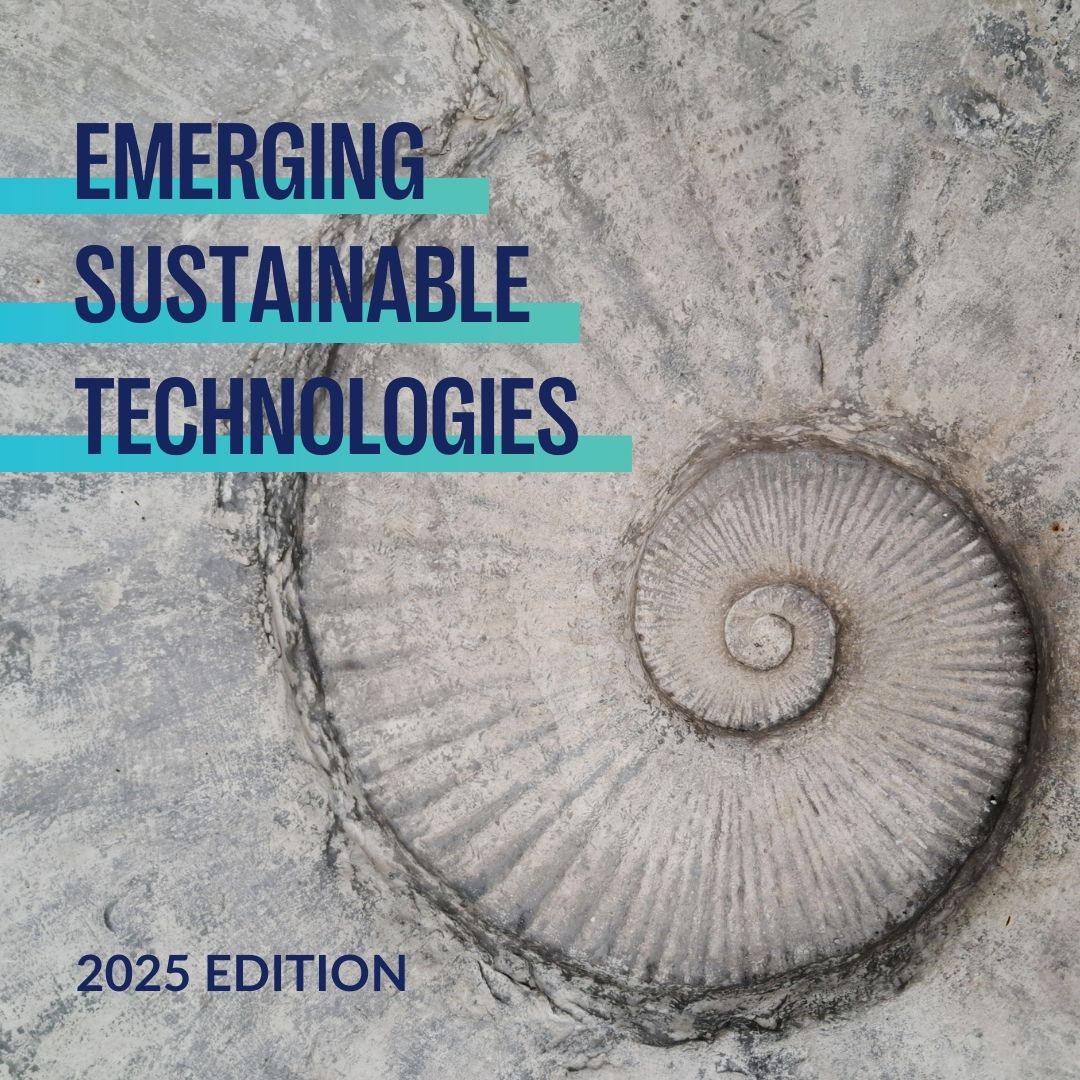Molten Oxide Electrolysis (MOE) is an innovative electrochemical process used to produce metals directly from their oxides.
Working principle:
- Electrolysis Setup: The process involves an electrolytic cell where the ore is dissolved in a molten oxides.
- Electrochemical Reaction: An electric current is passed through the cell, causing the metal ions to migrate to the cathode (negative electrode) where they are reduced to pure metal. Oxygen is released at the anode (positive electrode) as a byproduct.
- Metal Production: The metal is produced in a liquid state, which can then be collected and processed further.
These technologies have more or less the same range of benefits: environment, energy efficiency, scalability and versatility. The challenges include maintenance requirements, energy intensity and specifically for electrowinning the need for high metal concentrations in the solution and possible competing reactions of other metals present in the solution.
Environmental analysis and social acceptability
Steel production has traditionally relied on coal, both as a fuel source and as a reductant for iron, making it the most significant environmental hotspot identified in Life Cycle Assessment. H2-DRI, electrowinning, and molten oxide electrolysis solutions are based on renewable energy, where carbon as the reducing agent is fully replaced by hydrogen or electricity enabling the reduction of CO2 emissions during primary steel production. The steel industry is also known as a major contributor of air pollutants among which are SO2, NOx and particulate matter. Decarbonizing the steel industry could also provide benefits by reducing air pollution.
The use of hydrogen for iron reduction presents significant social challenges, as debates on hydrogen’s environmental impact intensify.
Currently, the majority of hydrogen comes from fossil fuel through steam methane reforming of natural gas or coal gasification. To ensure the complete decarbonisation of steel production, hydrogen production must also be carbon-free (i.e., green hydrogen) as must the electricity used in the production process which should be based on renewable energy sources.
A study estimates that 37-60 GW of electrolyser capacity is required to produce 94 Mt of green steel (to replace steel produced in Europe that originates from the BF/BOF route), which corresponds to the production of about 6.6 Mt of hydrogen per year. This compares to the EU hydrogen strategy which aims to have 40 GW of electrolyser capacity installed within the EU by 2030. The large-scale deployment of green hydrogen inevitably requires considerable amounts of green electricity that can have potential tradeoffs in terms of climate and other environmental impacts due to material consumption on the infrastructure.
Indeed, a 50% increase in wind and solar energy is needed to meet the hydrogen demand in industrial and transport sectors by 2050 in Europe. Furthermore, the primarily adopted carbon vision can lead to overlooking other environmental issues including those related to the entire associated value chain (e.g., ties to hydrogen production and the energy production needed). The transition to a green-H2 based production of steel needs to take into account broader considerations: reskilling and redistributing steelworkers, competition between renewable energy infrastructure, agriculture, and CO2 sequestration, and supply chain bottlenecks including rare earth mineral supply for solar panels, electrolysers and batteries.
In addition, it is worth noting that some uncertainties remain regarding the warming impact of hydrogen and the risk posed by potential leaks associated with its large-scale deployment. This requires a deep understanding of the climate impacts of hydrogen at different leakage rates for a decarbonisation path for industries such as steel.
In their study, Cooper and Hawkes compared different decarbonisation pathways for various industries, including steel in the UK, and highlight the risk of increased impacts on other areas of the environment. Above all, it is essential to consider all the environmental impacts (e.g., GHG emission but also pollutions, water use, biodiversity) and the entire value chain when designing and constructing decarbonised steel production, to identify potential co-benefits or trade-offs and ensure a transition towards a greener steel industry.
Highlight Map of the main Research Projects & Demonstrators
More references, information, examples and use cases in ENGIE's 2025 report on Emerging Sustainable Technologies.
Contributions and Acknowledgments:
- Ludovic Ferrand
- Sarah Salamé
- Coline Bouzique
- Jean Sanchez
- Camille Riviere
- Elodie du Fornel
- Jan Mertens
- Jean-Pierre Keustermans
- Céline Denis
- Olivier Sala



